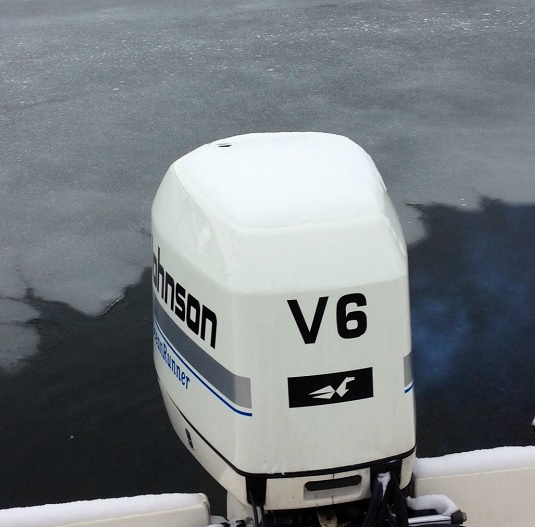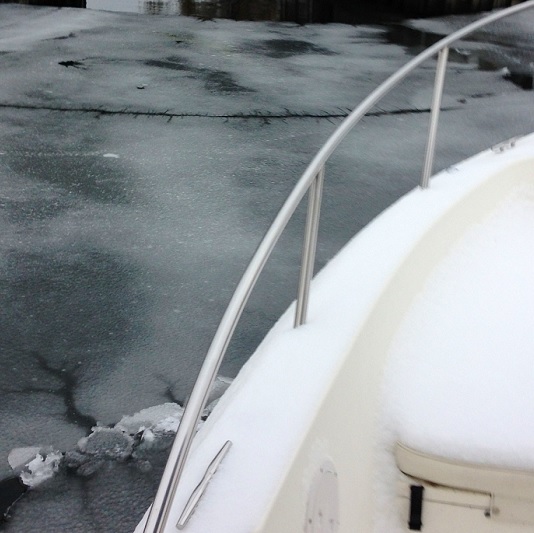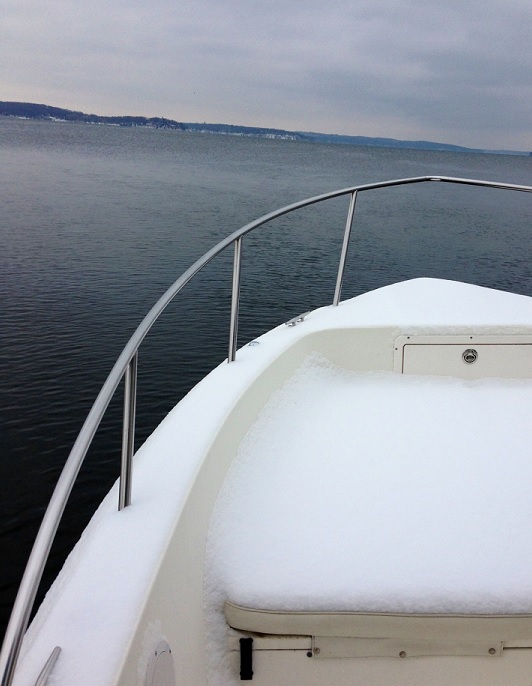
Ernest Shackleton gathered his heaviest jacket, his warmest boots, his toughest gloves and his largest hat. His wife handed him the hot cheese sandwich she had just made for him, then she kissed him goodbye. He gathered his crew, honking in each one of their driveways while their wives handed each of them hot sandwiches and kissed them soft goodbyes. Then he left on his voyage, the one that would find him stranded amongst the ice flows of the Weddell Sea. His 144′ long wooden ship was built to withstand these ice flows, with layers and layers of impossibly thick oak and fir forming a bow that was to be capable of breaking through the strongest of winter ice. Instead, his ship sank, and he spent many months riding an ice flow in hopes that it would deliver him back to dry, if frozen, land. He had abandoned his ship in order that he might save himself, and until today most have considered him some sort of hero.
When I left my house last week, I had no heavy winter jacket. I had winter boots on, but Shackleton’s were likely better. My gloves were the sort without fingers, engineered to help a fly fisherman in sort of chilly conditions, but of very little use when unevenly matched against an honest winter afternoon. My hat was small, as most tend to be on this head of mine, and my wife had neither kissed me goodbye nor made a parting sandwich for me. On the drive towards the ice, my hands rested on the steering wheel, but they didn’t really grip the parts of the steering wheel that are most heated by the heat coils that run through the inside of that wheel. My heated seats had hardly worked at all, my hands were barely warm, and my winter coat was hanging in my closet. That closet was a long ways from where I was, and further from where I was going.
I found my Endurance in the same slip where I had left it some weeks before. It had made the trans-Fontana journey from Williams Bay to the Abbey Harbor, and it had performed admirably. It’s hull, not wrapped in oak and fir, but just a thin layer of spun glass and glue, had still plied the waters effectively. On that journey, the lake was mine, spare a few hundred birds of different shapes and sizes. The geese saw me coming and erupted into a great burst of flight and feathers. The seagulls easily avoided my white bow, though I had to steer clear of the little black ducks that run for hundreds of yards before taking to a wobbly flight. When I left the boat in that harbor space, tied off lazily to only one side, I figured I’d be back soon enough.
But then winter blew, and the cold didn’t break. Snow gently turned my lawn from green to white, and my fondest memories of a short fall were hidden under this freshly fallen blanket. My boat, too, was being snowed on. Out of my watchful eye, the snow had piled on the bow and covered the deck, it had clung to the instrument panel and whipped around to create a mini-drift somewhere behind the captain’s seat but still in front of the single engine. By the time I made it to the harbor and walked onto the shaky wooden walkway, ice had formed around the water line of hull, hanging and building, hanging and building, as if it were a parasite intent on eating that whipped glass and glue, and with it, the entire vessel.

By the time I had hiked the 30 feet from my car to the boat, my hands were already cold. Was this frostbite, I wondered. Would the fingers be saved, or would they have to cut some of my toes off and sew them on in the way that one kid in my fourth grade class had done to him after he held onto a lit firecracker for just a little too long. I pressed on, and upon stepping into the boat I realized that I had become blocked in an ice flow. Escaping the harbor was now to become work. I surveyed my supplies and my provisions.
I had nothing to eat, nothing to drink, no tool kit. Shackleton had some bread to eat, and he had tools, and he had some friends along. I was alone, many, many feet from the comforts of my car, stranded on this cold cabin-less boat. The boat was locked inside its slip, with at least 15′ of ice blocking the stern of the boat from the open water that teased me with gentle ripples of waves. The wind was pushing up that water, and that was the same wind that cut through my under-performing jacket and stung my cheeks. I fired the engine, and it choked to life sluggishly, like an old man with both emphysema and a slipped disc taking his first step out of bed on a dark winter morning.
The blue smoke rose from the engine, and water that would normally spit aggressively from the engine barely dripped out. I was freezing, the engine was frozen, the ice was growing deeper and thicker before my eyes. It would be dark soon, and the passersby in their cars wouldn’t think to come look for me until morning’s first light. Even so, with the engine still puffing and gasping, I untied the two lines and made my first charge backwards, into the ice. I imagined the ice would break under the push, but it didn’t. The engine smacked against it with a thud that was more violent than I figured it would be. I pushed the throttle forward, got a running backwards start, and smashed the ice again. Nothing. Each breath of the winter air stuck in my lungs like so many tiny needles. I heard Shackleton’s laughter in my ears.

I scanned the boat for something that could serve as a battering ram, something that I might hit against the ice to crush a path through it. The anchor wasn’t heavy enough, and I had no oar. That wouldn’t have mattered anyway, as the ice was at least 2″ thick, which isn’t thick unless you’re trying to break through it. I had a small three pound kettle weight, one that I use to weight a mechanism that is engineered to drag deep water fish back to their deep homes, to save their air bladders from the fatal effort of readjusting. It wasn’t ideal, but it would work, so I fumbled with the two nuts that held the weight to the fish-saving device, and once those were undone I tied the bell to the end of a rope and walked to the back of the boat where the ice was waiting for me.
I reached over the stern and dropped the weight onto the ice. It hit with a thud, but it didn’t break the ice. It had, in fact, barely dented it. I retrieved the weight and dropped it again. Nothing. I retrieved and threw the weight into the air. This time, it dropped and pushed right through the ice, into the cold water below. Had I been Shackleton I would have just sat on that ice flow and waited for someone to save me, but I wasn’t about to leave my ship, and so I threw and retrieved, threw and retrieved, again and again, for as much as an hour. The sky shaded darker with each throw.
After many throws the path was clear. I had made my way to open water, and while I encountered some more ice on the way out of the harbor, a forward facing bow rides through ice much easier than does a rear facing stern. I crushed my way out of the harbor and in to the open lake, and I took a celebratory buzz around the lake. With the help of Justin at Gordy’s, I tied the boat up to the remaining Gordy’s piers and walked back to my car. My phone rang, it was my wife. She wondered where I had been, and what was taking me so long. I imagine Shackleton’s wife sent many letters wondering the same.
